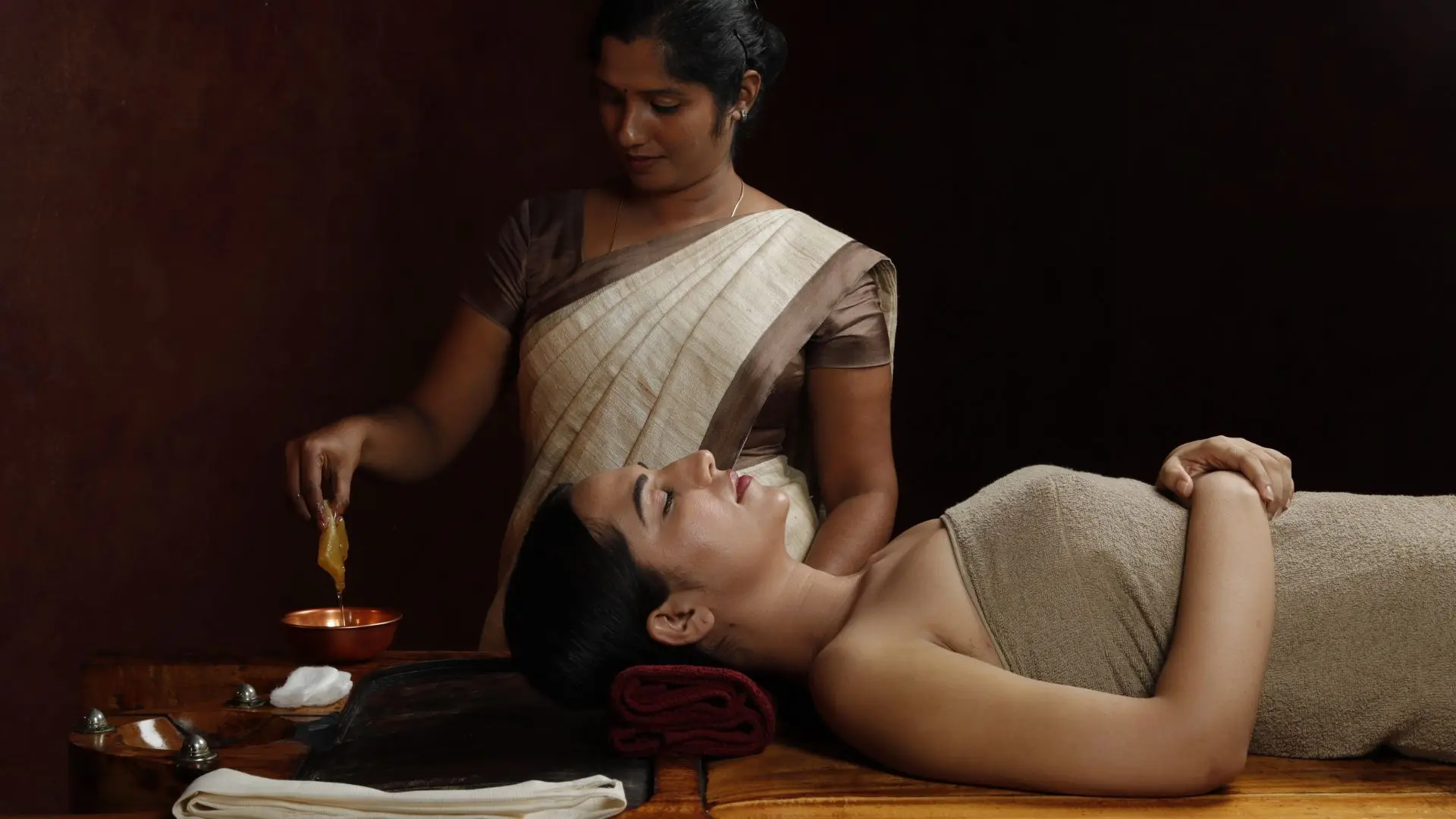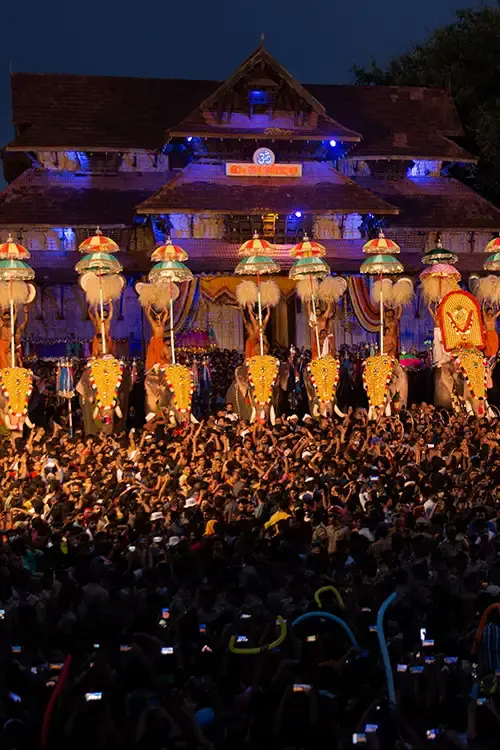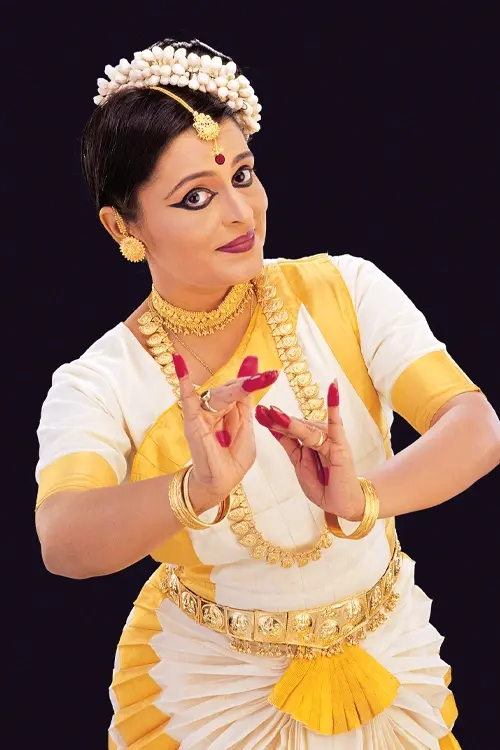Enchanting Kerala
Traditional orchestras of Kerala
The caressing waves of Arabian Sea and the swaying fronds of coconut trees make Kerala a land where anything and everything has a rhythm and music of its own. This article ushers you to a delightful journey through the enticing rhythm of Kerala which is best reverberated in the traditional orchestras of this land - chiefly Panchavadyam, Pandi Melam, Panchari Melam and Thayambaka.
Panchavadyam, a classic temple art, literally means an orchestra of five instruments. The orchestra includes four percussion instruments namely thimila, maddalam, ilathalam and edakka and a wind instrument, kombu. It has a pyramid-like rhythm structure with a constantly increasing tempo coupled with a proportional decrease in the number of beats in cycles.
Panchari Melam is basically a percussion ensemble that lasts for more than four hours. The orchestra, which comprises of instruments like chenda, ilathalam, kombu and kuzhal, is mostly performed during the temple festivals in Kerala. Panchari is a six-beat thaalam or rhythm and the performance has five stages.
Closely related to Panchari Melam is Pandi Melam, yet another classical percussion concert of Kerala. The ensemble consists of instruments like chenda, ilathalam (cymbals), kuzhal and kombu. Pandi denotes a thaalam or rhythm with seven beats. A full-length pandi melam lasts for more than two-and-a-half hours. It has basically four stages, each of them with rhythmic cycles (thaalavattam) totalling 56, 28, 14 and seven respectively.
Thayambaka is a type of solo chenda performance in which the main player at the centre improvises rhythmically on the beats of half-a-dozen or a few more chenda and ilathalam players around. The main focus is on the stick-and-palm rolls produced on the idantala (treble) of the chenda, while the rhythm is laid by his fellow instrumentalists on the valanthala (bass) chendas and ilathalam. The performance lasts for at least 90 minutes.
The marvel of these traditional orchestras of Kerala can be enjoyed during the festival seasons which occur during the March-April months especially in Thrissur Pooram and Arattupuzha Pooram.






